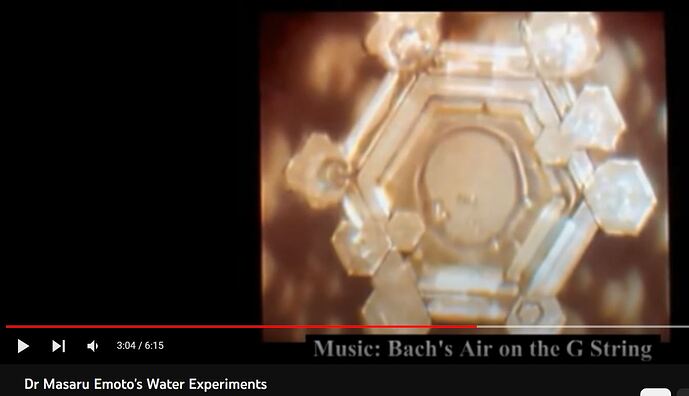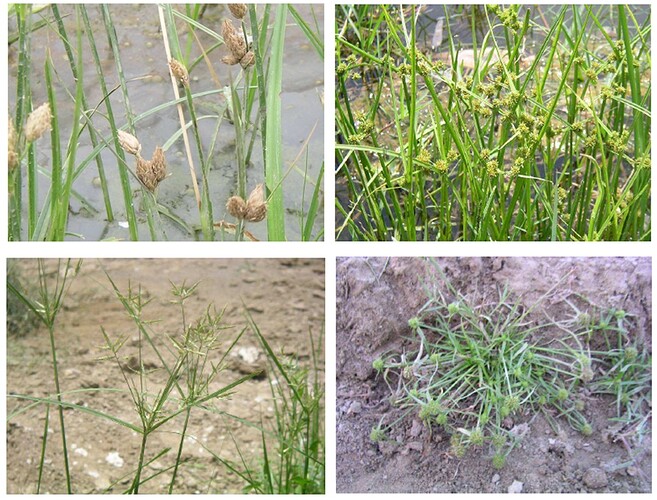This is the kind of discussion that is welcome.
1] Please give details as to why suf is an Egyptian word.
2] Even if that be, Egyptian signs are known to be parallel to Indus signs. So one possibility Indus > Egypt. See Waddel’s work https://drive.google.com/file/d/15eTQo2lZUQrpl4mwxPBe6DIkGMGfgkw9/view?usp=share_link
3] One solitary word does not work. Consider the following parallels in the proper names (that are less likely to be transmitted generally). I have traced the parallels in names of 22 persons from Adam to Moses in the Bible and Hindu texts. I give below those related to the Exodus:
1] Amram, father of Moses, and his parallel Hindu Vasudeva, father of Krishna. The name Amram means “exalted people.” The name “Vasudeva” has two parts. “Vasu” means “excellent, good, beneficent” and Deva means God. Thus, Vasudeva means “excellent God” which is similar to “exalted people.”
2] Moses’ mother Jochebed and her parallel Krishna’s mother Devaki. The name “Jochebed” is derived from Jehovah or God. “Jochebed” means “Jehovah is glory.” Devaki, on the other hand was daughter of Devaka. The name Devaka means “divine or celestial”. So Devaki means daughter of the divine which is parallel to Jochebed meaning Jehovah is glory.
3] Moses and is parallel Hindu Krishna. Moses’ skin was dark. At one time Moses was at Mount Sinai. God wanted to show him His powers. He asked Moses to put his hand inside his cloak. The Bible says that his hand became white. Then God again asked him to put his hand in the cloak and it regains its normal color. The skin becoming white means that the skin was “not white” before it became white; which means it was dark. Therefore, we can say that the word Moses has a connection with darkness. The name Krishna directly means black, dark or dark blue.
4] Aaron and his parallel Hindu Balarama. Both names have the common sounds “A,” “R” and “N” or “M.”
These persons are in same genealogical order in Hindu texts as in the Bible. So, you may like to explain why these similarities.



